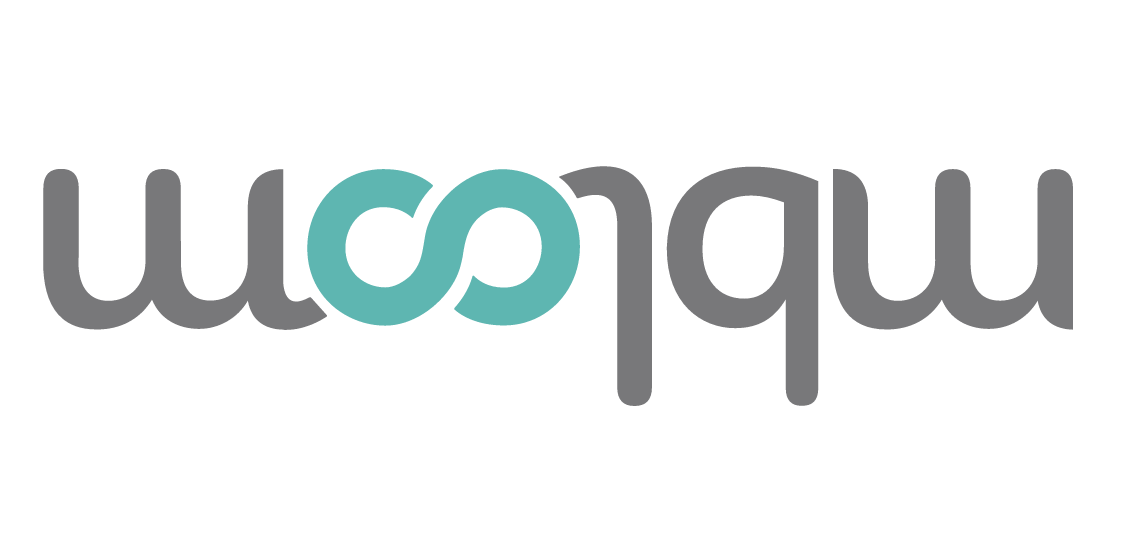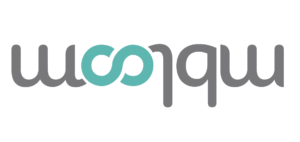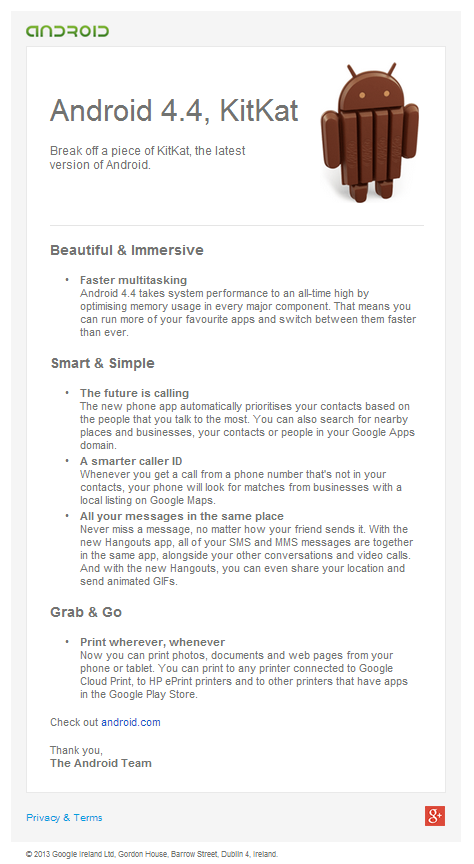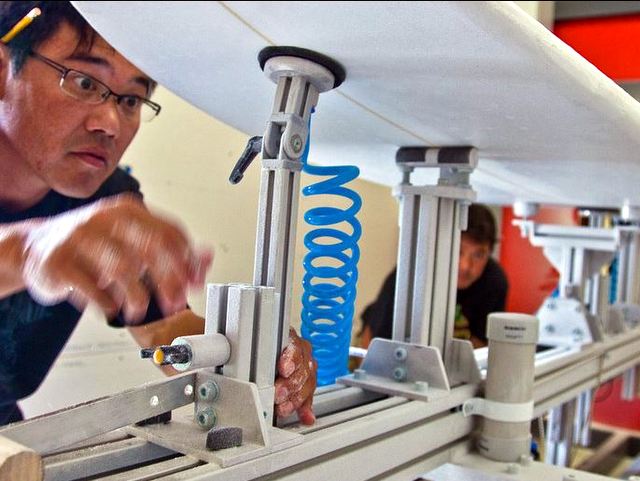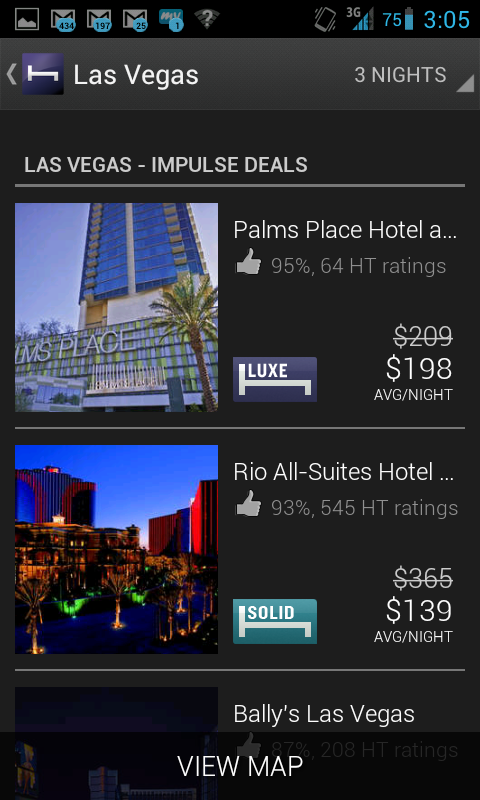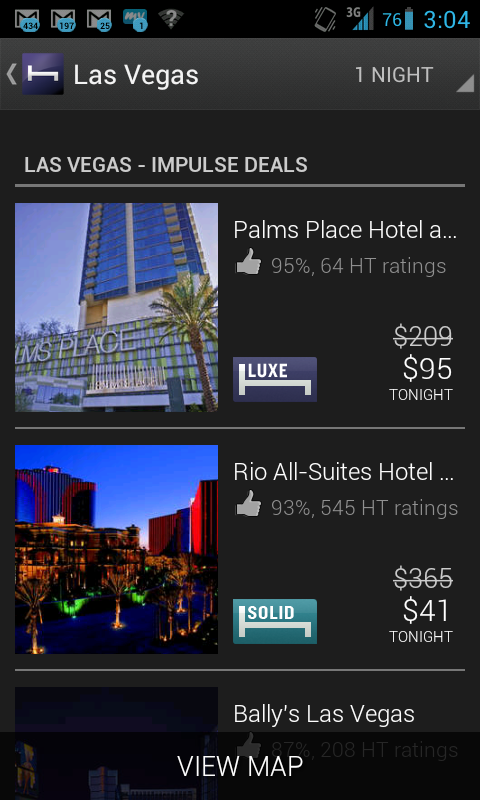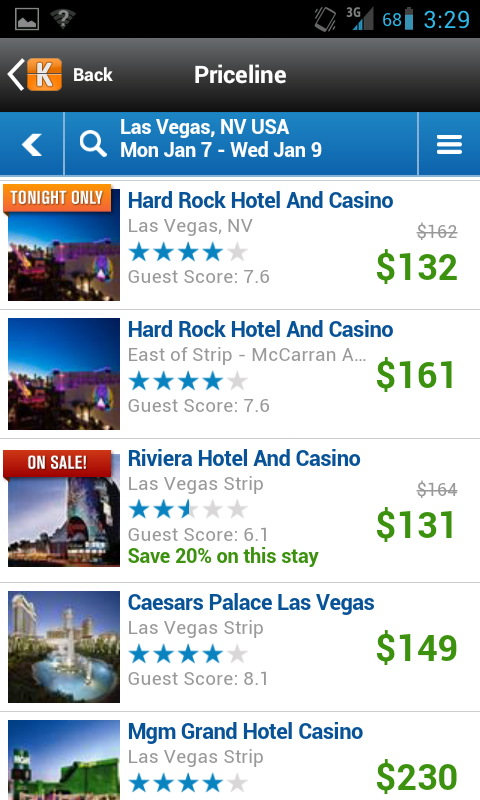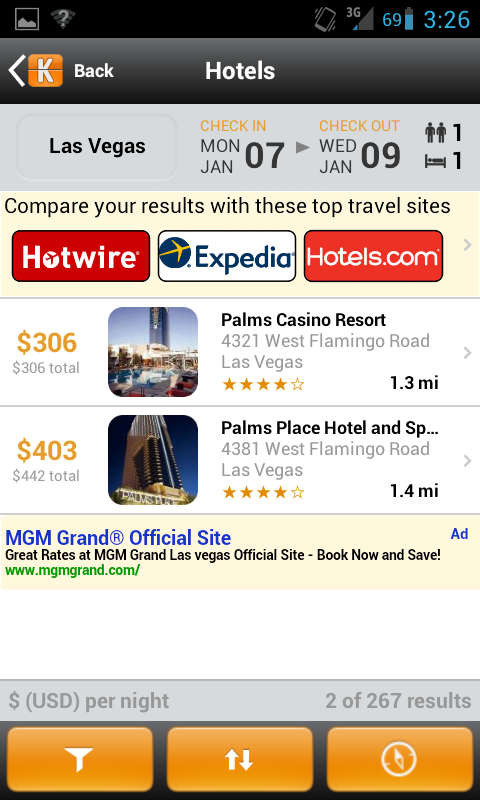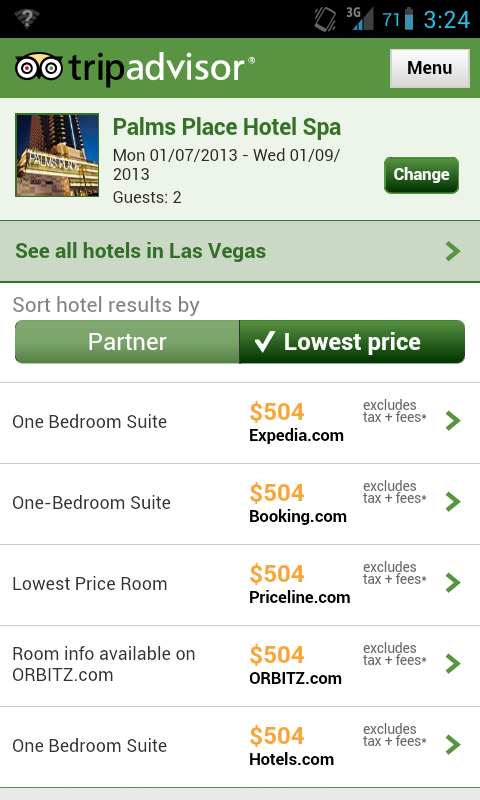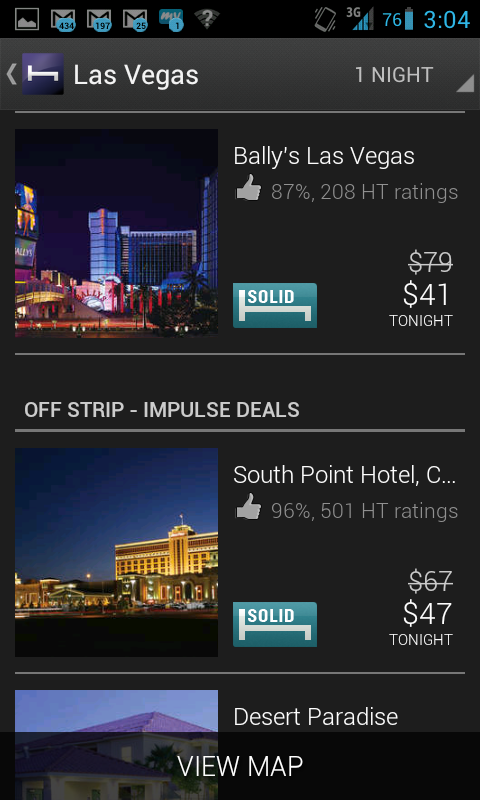Content is king. Unless you struggle to create content, then it’s a burden.
I’ve been writing B2B marketing content for (mostly software and tech) companies for more than 15 years. Over that span, I’ve figured out how to consistently crank out great content over and over without fail. Here, I’ll share with you some tips on how to generate more and better content on your own.
For many people, writing is a chore. It used to be for me, too. I started my career as an engineer and I hated writing the weekly project reports. Even worse, I hated reading others’ weekly reports because they were so…boring.
But I quickly talked with executives and learned what they wanted: just the facts, boiled down to something they could read, understand, and take action on in a few minutes. With that in mind, my business writing drastically improved and I was granted the dubious honor of taking the reports of every engineer and distilling them down into the official departmental report. Every week. Yeah, it sucked.
As I moved into marketing I kept that directive in the back of my mind. Keep it short. Make it easy to understand. Have a clear objective or conclusion. And while some might find my writing style “too conversational,†many more consider it easy to read, concise, and to the point.
So with that background, and a ton of B2B product marketing experience under my belt, here’s what helps me generate lots and lots of content, very quickly, and with minimal edits and rework.
1. Write an outline and socialize it.

Don’t just start typing an ebook or a white paper or even a one-page sales asset. Instead, hit the “bullets†button on your editor of choice and start throwing ideas down. Think about the goals of the content. Is it to tout a new product or to announce a new partnership? Do you want the reader to take some action or do you just want them to think you’re an expert on a certain topic?
Think about every piece of content as a story, with a beginning, a middle, and an end. You need an early hook, but you also need to hold the details until later in the piece. I type these three bullets to get myself started: Intro, Details, Conclusion. Then, nesting every other point inside that macro structure helps keep me focused on a tight introduction, a logical and easy flow to the middle, and a clear and concise call to action or final takeaway.
Outlining should be a quick task, less than a few hours. You want to have enough detail so you and reviewers understand where you’re going, but not so much that you’ve wasted time if it falls flat. Don’t worry about formatting or grammar at this point. It’s not a final product, and you just want to capture flow, organization, and major arguments. (About a year ago, a marketing exec at a client, upon reading a draft outline I created, replied with only, “These aren’t full sentences so I can’t understand your points.†That’s just silly.)
Now, get some feedback and ask for details. Make sure your manager or colleagues or other stakeholders “get it†and can follow the flow. Much of the feedback will be useful and additive, while some will be useless, like “great†or “needs moreâ€. Ask reviewers to be specific and actually edit or add bullets, not just comment. Long ago I reported to a short-tenured VP of Marketing who always used to say, “It needs to be punchier.†When pressed on what that meant, he would say, “I don’t know, it just needs to be punchier.†That’s worthless feedback, and more likely just meant “I don’t like the style.†If a reviewer can’t back up their feedback with tangible points or actual examples, ignore it and move on.
While you’re waiting on feedback, do some research, read some related articles or a competitor’s content, or review internal content. You’ll usually find a great nugget you may have forgotten to add. Also, take some time to step away from the topic. It sometimes generates a random spark of creativity once you’ve disconnected.
2. Always write for your target audience.
 This may sound obvious, but write for a target reader. This is where your market intelligence and persona work will come in handy. You know what motivates your targets so write with that in mind.
This may sound obvious, but write for a target reader. This is where your market intelligence and persona work will come in handy. You know what motivates your targets so write with that in mind.
If you’re not entirely confident in your messaging, then do some research. Read other content. Talk to some customers. Listen in on sales calls. Look at what competitors are doing. Look at what targets are reading and liking and writing on LinkedIn. Get some ideas and save some blurbs to reference or quote.
Don’t attempt to create generic content that caters to your entire audience. If you want to target both CMOs and marketing operations directors, then write two distinct pieces. Trying to target too wide of an audience makes for a generic end result that either won’t resonate with anyone or becomes too long and tedious for everyone.
Some marketers write for their manager or, more often, their sales team. It’s hard not to fall into that trap, since you’re qualitatively measured on what sales thinks of your deliverables. Avoid being pushed and pulled by individual (and outspoken) sales reps, especially top performers who have more influence. As a marketer, you should be the expert on the market. Reps should be experts on specific accounts, but you have to be confident that your words apply to the market as a whole.
3. Be a minimalist writer.
 Does it drive you crazy when someone throws up a presentation slide that’s mostly words? Yeah, me too. It also drives me crazy when a blog post goes on and on and on, or when every page of an ebook looks like a wall of text. Yeah, some of that is formatting, but most of it is writing. Bad writing. Especially in today’s hyper-busy, overloaded world, if your content is too long, it won’t get read.
Does it drive you crazy when someone throws up a presentation slide that’s mostly words? Yeah, me too. It also drives me crazy when a blog post goes on and on and on, or when every page of an ebook looks like a wall of text. Yeah, some of that is formatting, but most of it is writing. Bad writing. Especially in today’s hyper-busy, overloaded world, if your content is too long, it won’t get read.
This is where outlining will help. If you have a one-page outline for a two-page sales asset, you know it’s going to be too dense. Keep in mind your desired content length as you’re drafting your outline. It will help you stay focused, and can even help with later formatting. You might even want to break your outline into pages, to help and to keep individual thoughts confined to specific pages.
Another good tactic for brevity is adding images. If a complex concept can be better conveyed with a simple image or icons, then use it. On the other hand, avoid complex or confusing screenshots or charts that require more text to explain than the real estate they themselves consume. A good visual should reduce your word count.
As you’re drafting, read it and re-read it again and again. Remove what’s redundant. Delete unnecessary words. Combine thoughts into fewer sentences. Instead of adding detail, link to outside articles or use creative formatting (like call-outs or sidebars).
Whatever you write, keep it short.
Do you have any other tips? Disagree with mine? Let me know with a comment.

